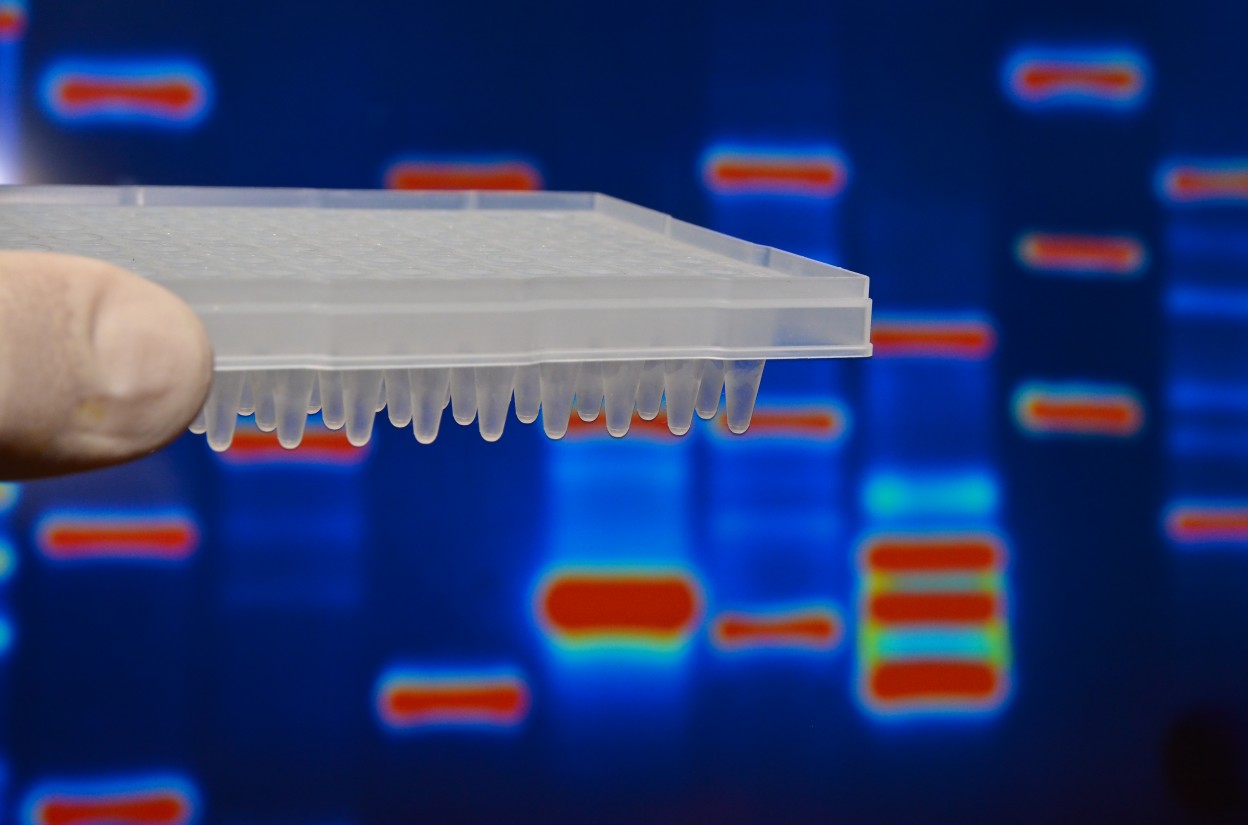19 New Mutations Identified in Patients with Hereditary Forms of Porphyria, Including PCT Type 2
Written by |

A genetic study found 19 new mutations in the uroporphyrinogen decarboxylase (UROD) gene in patients with type 2 porphyria cutanea tarda (PCT) or hepatoerythropoietic porphyria (HEP).
The study, “Porphyria cutanea tarda and hepatoerythropoietic porphyria: Identification of 19 novel uroporphyrinogen III decarboxylase mutations,” was published in Molecular Genetics and Metabolism.
PCT is the most common form of porphyria. It results from liver dysfunction and is also characterized by prominent, chronic skin manifestations. PCT develops after the activity of the UROD enzyme in the liver falls to less than 20%. Though most PCT patients have no mutations in UROD type 1 — classified as sporadic or acquired — about 20% have mutations in one gene copy (heterozygous) and are type 2, classified as familial.
These disease subtypes are clinically indistinguishable, except that some type 2 patients may experience symptoms sooner in life. Identifying type 2 patients enables testing relatives to find who may be at greater risk for PCT.
In turn, HEP results from homozygous (in both gene copies) or compound heterozygous — two different mutant gene copies — UROD mutations. It may cause hematologic (blood-related) and severe photosensitive skin manifestations in infancy or childhood, although mild cases may occur in adulthood.
A biochemical diagnosis of PCT is based on accumulation of porphyrins (a class of pigments that include heme). Disease management includes targeting susceptibility factors, such as drinking too much alcohol, smoking, the presence of estrogens, or infections such as hepatitis C or HIV. Clinicians also try to reduce iron levels and deplete excess porphyrins in the liver.
The researchers reported the results of their 11 years of tests for UROD mutations at the Porphyria Comprehensive Diagnostic and Treatment Center at Mount Sinai, in New York. The patients were initially diagnosed by friability — skin that crumbles easily on contact — and blistering lesions in sun-exposed skin areas, particularly on the dorsal (back, or knuckle-side) hands, and by increases in urinary or plasma porphyrins. DNA was then isolated from blood samples or saliva for mutation analyses.
In total, the researchers provided diagnostic testing for 387 unrelated patients with PCT and four also unrelated patients with HEP.
Among the PCT patients, 79 (20%) had UROD gene mutations and were classified as having type 2 PCT. Eight of their 26 family members (31%) carried the same mutation. The 308 remaining patients had no disease-causing mutations or benign UROD gene variants, in line with type 1 disease.
In turn, patients with HEP were either homozygous or compound heterozygous for UROD mutations. All eight of their asymptomatic parents or siblings were heterozygous for the UROD mutation, as expected.
Nineteen of the UROD mutations identified had not been reported, 18 of which were in PCT patients. These included nine missense mutations, or single changes in the building blocks of DNA, called nucleotides, leading to a different amino acid in the final protein; one nonsense, or altered DNA sequence to prematurely stop gene expression; one consensus splice-site, where splicing of precursor into mature messenger RNA occurs during protein production; and seven insertions and deletions of DNA bits.
One 6-year-old boy from India was homozygous for a new mutation (p.V256M), and had a porphyrin profile and symptoms — including anemia and marked photosensitivity — indicative of HEP. His parents were asymptomatic and carried heterozygous mutations.
Overall, these results increased the number of UROD mutations listed in the Human Gene Mutation Database (HGMD) by 15.6%.
“These newly identified mutations expand the molecular heterogeneity of Type 2 PCT and HEP,” the scientists wrote. “The results document the usefulness of molecular testing to confirm a genetic susceptibility trait in Type 2 PCT, confirm a diagnosis in HEP, and identify heterozygous family members.”





